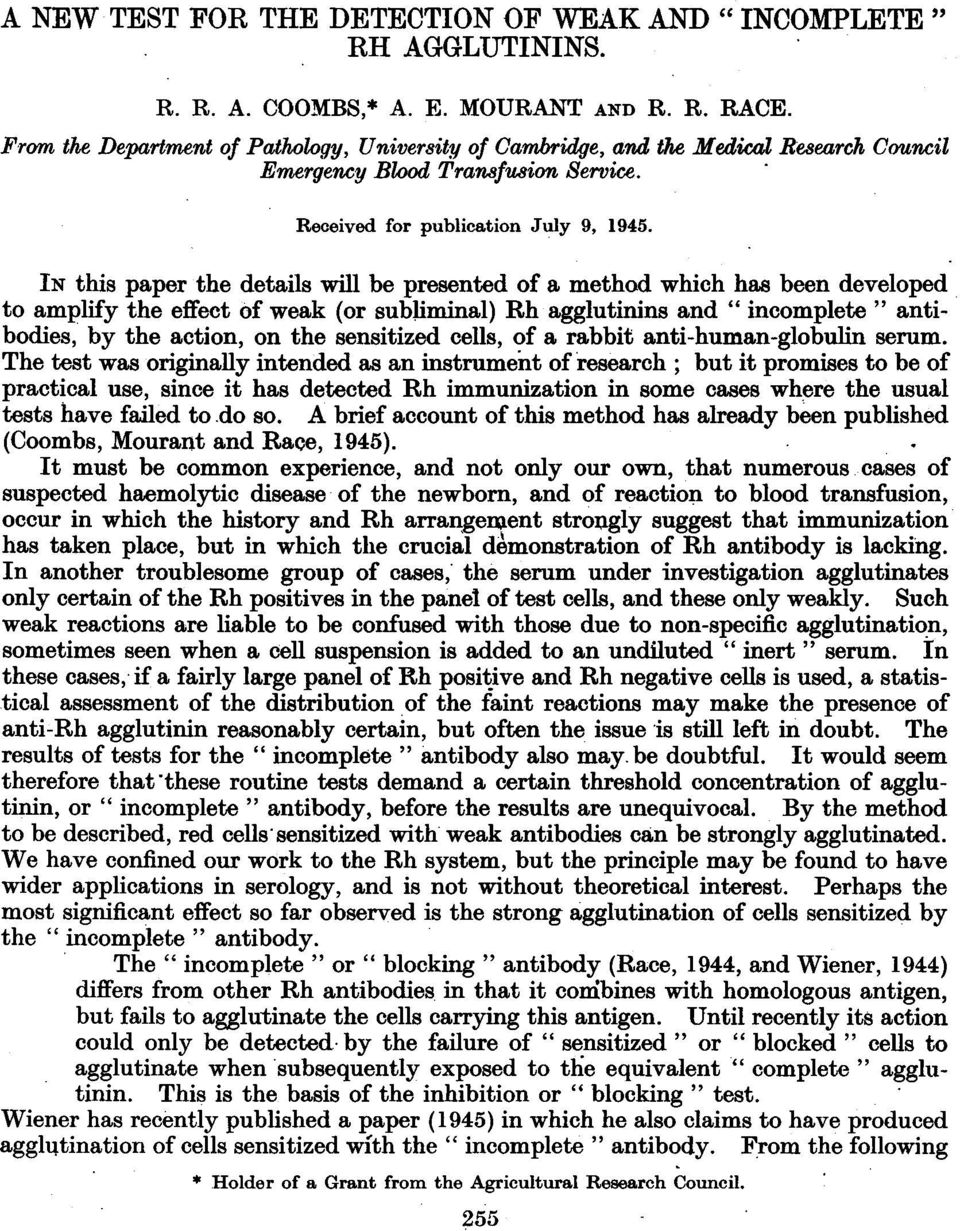
Everything posted by Arno
-
ChemLabTalk: Creatine formation
I just answered this question. My Score FAIL
-
BloodBankTalk: Anti-Jr(a)
I just answered this question. My Score PASS
-
BloodBankTalk: Blood Type
I just answered this question. My Score PASS
-
BloodBankTalk: Duffy Blood Group System
I just answered this question. My Score FAIL
-
BloodBankTalk: Vel Negative Blood Donors
I just answered this question. My Score FAIL
-
HemeLabTalk: Plasma Cells
I just answered this question. My Score FAIL
-
Anatomy and Physiology: Skeleton of the fetus
I just answered this question. My Score FAIL
-
ChemLabTalk: Ketosis
I just answered this question. My Score PASS
-
BloodBankTalk: Blood Group Systems
I just answered this question. My Score PASS
-
ChemLabTalk: Diabetes
I just answered this question. My Score PASS
-
Anatomy and Physiology: Sinoatrial node
I just answered this question. My Score FAIL
-
BloodBankTalk: ATP11C Blood Group System
I just answered this question. My Score PASS
-
MicroLabTalk: Loeffler's medium
I just answered this question. My Score PASS
-
BloodBankTalk: Lutheran Blood Group System
I just answered this question. My Score PASS
-
Anatomy and Physiology: Organ System
I just answered this question. My Score PASS
-
Anatomy and Physiology: Pregnancy and exercise
I just answered this question. My Score PASS
-
Anatomy and Physiology: Pancreas
I just answered this question. My Score PASS
-
Anatomy and Physiology: Joints
I just answered this question. My Score PASS
-
General Lab: Human Bones
I just answered this question. My Score FAIL
-
BloodBankTalk: Fetal Hemoglobin
I just answered this question. My Score PASS
-
ChemLabTalk: Thyroid Hormone
I just answered this question. My Score FAIL
-
BloodBankTalk: Transfusion Transmitted Diseases
I just answered this question. My Score PASS
-
General Lab: Hepatitis
I just answered this question. My Score PASS
-
General Lab: Anatomy
I just answered this question. My Score PASS
-
HemeLabTalk: Allergic Reactions
I just answered this question. My Score PASS

